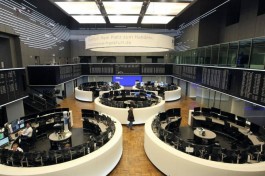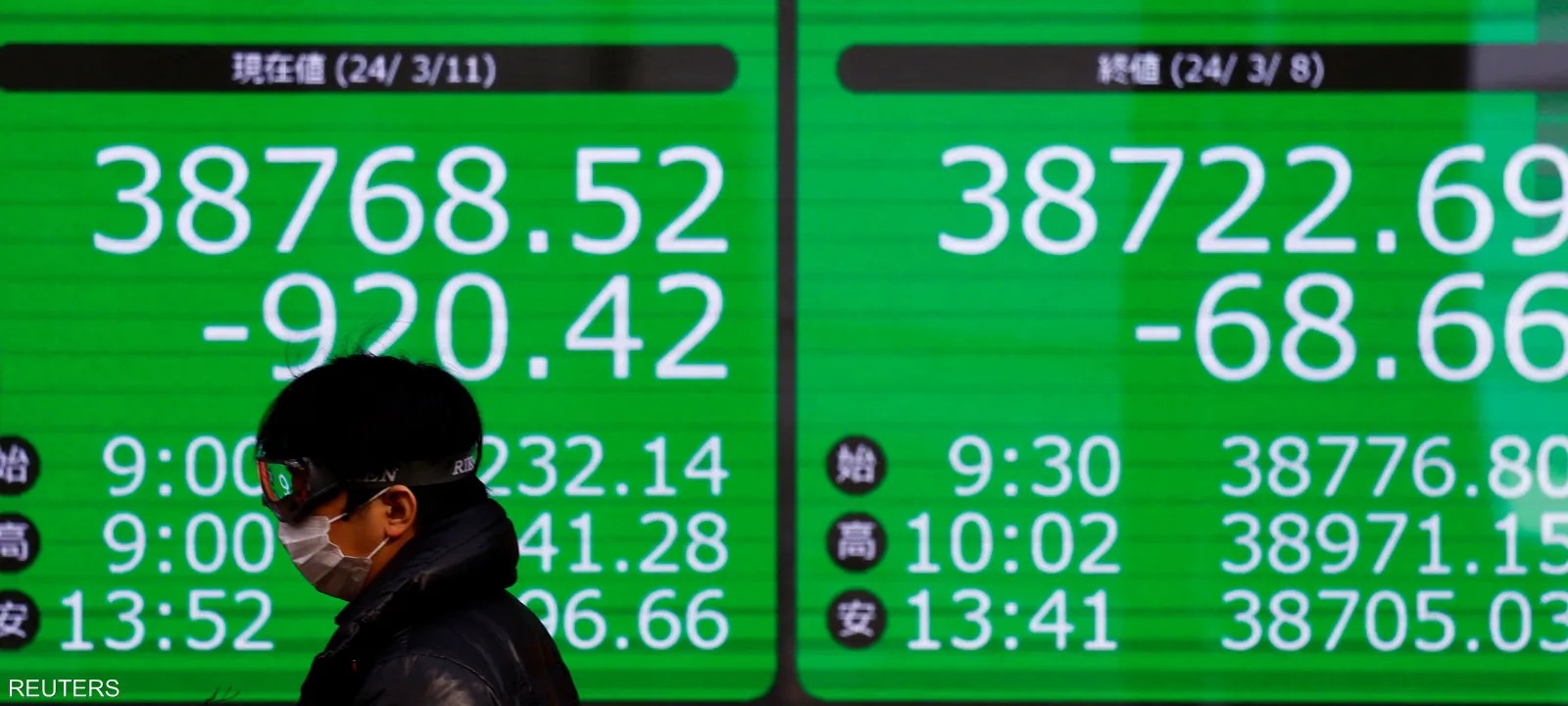Asian stocks followed Wall Street higher as bets grew that an upcoming U.S. consumer price report will give the Federal Reserve confidence to start cutting interest rates in September.
MSCI Asia Pacific rose for a fourth session, extending its recovery from a historic sell-off on Aug. 5. Equity benchmarks were mostly higher, with Japan and Taiwan jumping more than 1%. The gains came after the U.S. producer price index rose less than expected, helping lift the S&P 500 by 1.7%.
The easing of price pressures has boosted confidence that U.S. officials can begin to lower borrowing costs while refocusing on the labor market, which is showing greater signs of slowing. Atlanta Federal Reserve President Raphael Bostic said he was looking for more data before backing a rate cut, while reiterating that he would likely be ready to cut by the end of the year.
“There is clearly room for stocks to rally on downside surprises in inflation data, with Wall Street rising after weaker-than-expected PPI data,” said Kyle Rodda, chief market analyst at Capital.Com. “Markets will be looking to the U.S. CPI survey for confirmation that the underlying inflation rate in the economy is easing.”
Treasuries were little changed after rising across the curve in the previous session, as data showed traders were still betting on a rise. The Bloomberg Dollar Index held near a four-month low.
The yen pared losses against the dollar after a report that Japanese Prime Minister Fumio Kishida does not intend to run for re-election as leader of the ruling Liberal Democratic Party.
Elsewhere in Asia, economists and investors are divided over whether the Reserve Bank of New Zealand will begin to reverse course and cut its key interest rate by 25 basis points to 5.25% at its meeting on Wednesday.
Chinese stocks
Chinese stocks opened lower after data showed bank loans to the real economy contracted for the first time in 19 years. Investors are awaiting earnings from Tencent Holdings Ltd. and its buyback plans.
“This week’s reports from Chinese internet companies will be very important to see whether weak consumption in China will impact margins and returns on investment, and any sub-sectors such as gaming could be a bright spot,” said Brittney Lam, head of equities at Magellan Investments Holding Ltd. “Valuation is attractive, but earnings momentum is key.”
The S&P 500 had its biggest four-day gain this year. The Nasdaq 100 gained 2.5%. Starbucks surged 25% after its CEO was fired and Chipotle Mexican Grill Inc.’s Brian Niccol was named. In the last few hours, Bloomberg News reported that an attempt to break up Alphabet Inc.’s Google is one of the options being considered by the U.S. Justice Department.
Decrease in volatility
Wall Street’s preferred volatility index (VIX) has fallen to around 18, and swap traders are pricing in a Fed cut of around 40 basis points in September, and a total rate cut of more than 105 basis points by 2024.
The U.S. producer price index for final demand rose 0.1% from the previous month. A Bloomberg survey of economists had pointed to a 0.2% increase. For the data due out Wednesday, forecasters expect the consumer price index and the core price index, which strips out food and energy, to have risen 0.2% in July, according to the median estimate in a Bloomberg survey.
“The path is clear for the Fed to cut rates in September,” said Jamie Cox of Harris Financial Group. “If the data holds up, the Fed will have plenty of time to cut rates further this year.”
Oil prices rose in early Asian trading, reversing losses on Tuesday, as an industry insider report pointed to a significant draw in U.S. crude inventories, as tensions in the Middle East persist.



































